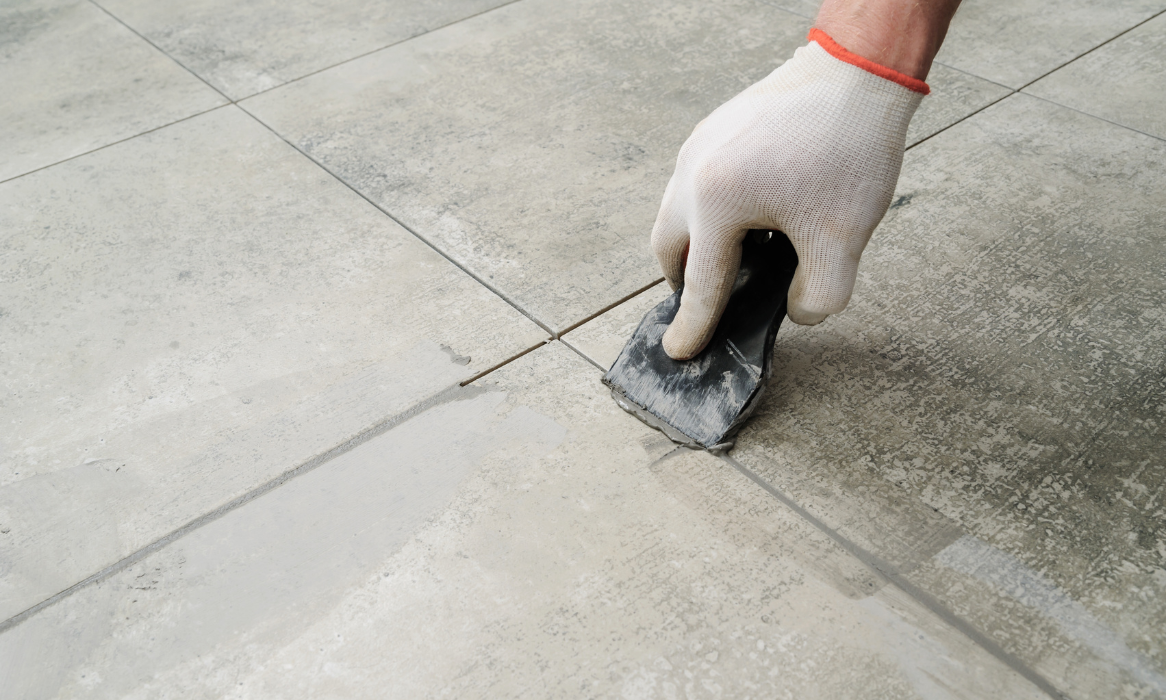
Ahh, grout. The underrated (mostly forgotten) second fiddle to its sexy counterpart. Never gets the glory or praise, but when done right – brings everything together like a perfect melody. However, when things go wrong, grout can be the bane of anyone’s existence, as it can be a long and frustrating ordeal.
Okay, so with all the different types of grout on the market, which one should you use?
True – there’s a bunch of grout types out there. And yes, grout has come a long way from your basic cement and sand mix. But at the end of the day, there are still just three basic categories under which it will fall. Let’s break it down:
Cementitious grout has been used forever, and for the most part hasn’t changed all that much. Sanded grouts are commonly used for joints 1/8” or wider. Unsanded grouts are used for joints 1/16” to 1/8”.The sanded variety can sometimes leave scratch marks on glazed and polished finishes. If there are any concerns, perform a spot-test before final grout.
Generally speaking, cementitious grouts are still very popular due to ease of use and low price point. It is commonly used in residential projects. However, with so many high-performance options on the market now, many specifiers and contractors are now choosing to stay away from this variety and opting for “improved” grouts.
These are still considered cementitious grouts but have been formulated with calcium illuminate and added polymers. The advanced formula is somewhat similar to epoxy but much easier to use and doesn’t require additional additives.
APMG’s are most commonly found in high traffic residential and basic commercial projects that have more demanding spaces. The premium additives in the formula help to maintain color consistency, increase resistance to efflorescence, and improves overall structural strength.
A generation ago, epoxy grouts were used primarily for industrial projects. However, with the tremendous improvements in use and application as well as lower cost points, epoxy grout has now become the new standard. Epoxy grouts are still used for commercial kitchens and processing plants. However, there is now an increased demand in utilizing epoxy grouts for backsplashes, restrooms, walkways, and amenity spaces.
Consisting of epoxy resin and hardener (often mixed with silica fillers), this combination reduces shrinkage and sag while providing phenomenal bond strength and chemical resistance. In addition, epoxy grouts have a high resistance to acids and hydrocarbons. Factor in their near impenetrable body, no other grout can offer the performance capabilities that comes standard in an epoxy. Epoxy grout absorbs about 50 times less water than traditional grouts and is thus protected from mold and mildew, and best of all – it is stain proof!
The newest player in the game has quickly become the “go-to” grout in the commercial world. These specialty grouts are typically made of polymer resins or urethane that require no additional water or additives. Just open, mix, and install! Installers love the ease of use (not as difficult as an epoxy) and the lower cost point (again, less than epoxy). It shares many of the benefits of epoxy grout as it provides phenomenal stain resistance, does not effloresce, and offers high chemical resistance.
As you can see, understanding which type of grout to use is super critical, as all project needs are different. Using the correct grout, you either won’t notice it’s there…or you will! Both of which are good things.
To learn even more about grout types and applications, additional resources include:
The Easy Way to Select the Right Mortar and Grout for Your Installation
and, of course, the TCNA website.
Until next time,
– Ken